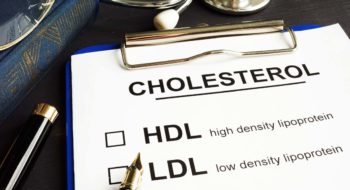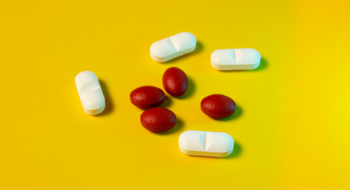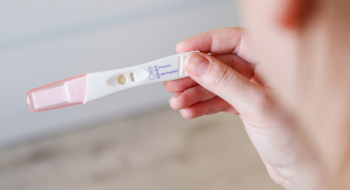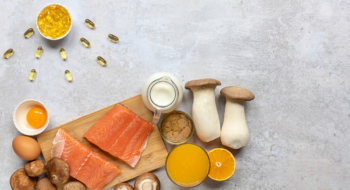If you benefit from regular medical checkups, you’re probably familiar with cholesterol testing. It’s formally called a “lipid profile,” and you’ll find it incorporated into your blood test.
The test results usually come back in a report that compares your numbers against a recommended number or range. But you may be wondering what these numbers represent — and what they mean to you.
To start, it’s important to know what cholesterol is and why it needs to be monitored.
Good and bad
Cholesterol is a waxy substance made largely by your liver to help your body do all kinds of jobs from digestion to hormone production. Cholesterol can also enter your body from foods derived from animals — not just meats, but dairy and eggs, too.
Because your body produces it, you don’t need much dietary cholesterol. In fact, too much cholesterol can build up in your arteries and cause serious problems such as cardiovascular disease. Most of this problematic cholesterol is low-density lipoprotein (LDL) cholesterol.
High-density lipoprotein (HDL) cholesterol, on the other hand, helps the body avoid cholesterol buildup by removing it from the bloodstream, says Melissa Bliss, a physician assistant at Tidelands Health Cardiology.
Target ranges
To help minimize your risk for cholesterol buildup, the target ranges for cholesterol are:
- 100 mg/dL for LDL cholesterol
- 60 mg/dL or greater for HDL cholesterol
- 200 mg/dL or less for total cholesterol (including HDL and LDL cholesterols)
You will also see triglyceride levels on your lipid profile. Triglycerides are a type of fat that can increase your risk of cardiovascular disease when combined with high LDL or low HDL levels, says Bliss. The optimal triglyceride level is below 150 mg/dL.
If your cholesterol levels are not within range, there are ways to change them, Bliss says.
“Exercise is the best way to try to increase HDL, and a diet low in saturated fat is best for decreasing LDL,” she says.
A diet that’s low in saturated fat should include meats like chicken and fish while avoiding red meats, trans fats and minimizing high-fat and high-sugar foods.
Bliss also recommends fish oil supplements for improving cholesterol levels.
Medication can help
If diet and exercise are not having the desired impact on your cholesterol levels, it may be time to consider prescription medication.
“Usually, the first-line therapy is statin medication,” says Bliss.”If those are unsuccessful at getting cholesterol levels within the goal range, or if patients can’t tolerate them, there are other adjunct therapies.”
Patients trying to improve their cholesterol levels should have them checked frequently to see if they’re being affected. Bliss suggests every three to six months.
“A lifestyle built around exercise and healthy eating is your best defense, but if you’re having trouble with your cholesterol, you should have your numbers checked regularly and talk to your health care provider about additional options, if necessary,” she says.

Melissa Bliss
Physician Assistant, Tidelands Health Cardiology
Call to Schedule
Medical Education
Education
Medical University of South Carolina
Meet the Expert
Melissa Bliss
Call to Schedule





